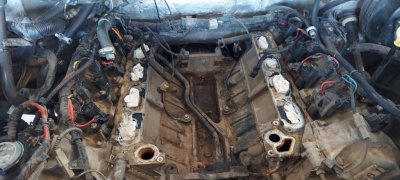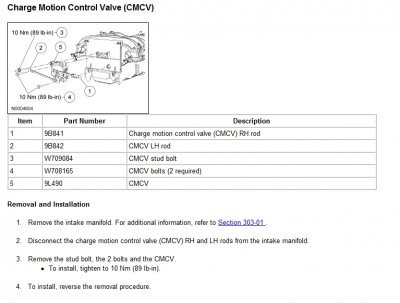Trainmaster
Old School Member
Usually silicone has to be scraped off. I just use a single edged razor but there are scrapers made for this stuff with long handles. Just plug any holes with rags so the crap doesn't get into the engine. Vacuum or blow out any of the crap that you get free.
As far as the carbon and oil that's in the manifold, you could use that spray carburetor cleaner or just buy a new one if you feel it's worth the money. Really doesn't have to be clean enough to eat off of.
The injectors should be fine if the motor was running okay. They usually will last for many hundreds of thousands of miles without service. Most folks put Seafoam or some other additive in the gas and consider that a help. You can remove them and send them out to a service that will inspect, clean and make sure they are operating somewhat equally, but I wouldn't mess with them if they aren't bothering you.
Sweet eyes, by the way.
As far as the carbon and oil that's in the manifold, you could use that spray carburetor cleaner or just buy a new one if you feel it's worth the money. Really doesn't have to be clean enough to eat off of.
The injectors should be fine if the motor was running okay. They usually will last for many hundreds of thousands of miles without service. Most folks put Seafoam or some other additive in the gas and consider that a help. You can remove them and send them out to a service that will inspect, clean and make sure they are operating somewhat equally, but I wouldn't mess with them if they aren't bothering you.
Sweet eyes, by the way.
Last edited:




